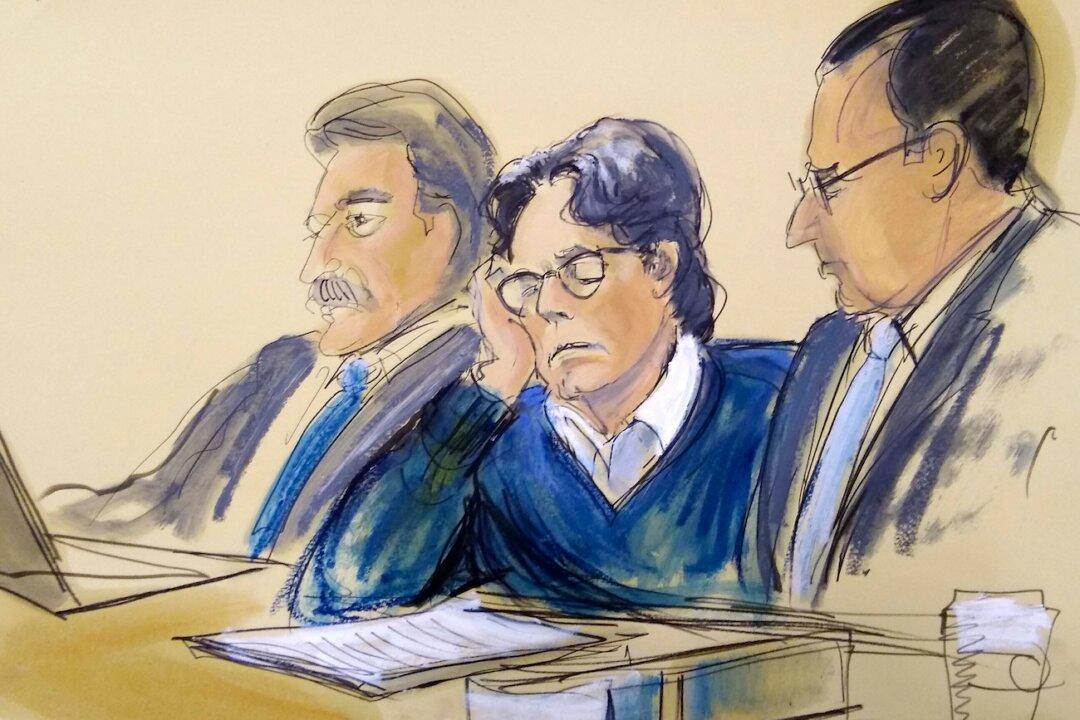A convicted sex trafficker has accused the FBI of doctoring evidence in his case, which is under appeal.
Keith Raniere, the former leader and founder of NXIVM, was sentenced to 120 years in October 2020 after a federal jury found him guilty of sex trafficking, forced labor conspiracy, and racketeering. Raniere’s alleged crimes have been the subject of multiple documentaries, including HBO’s August 2020 series The Vow.




